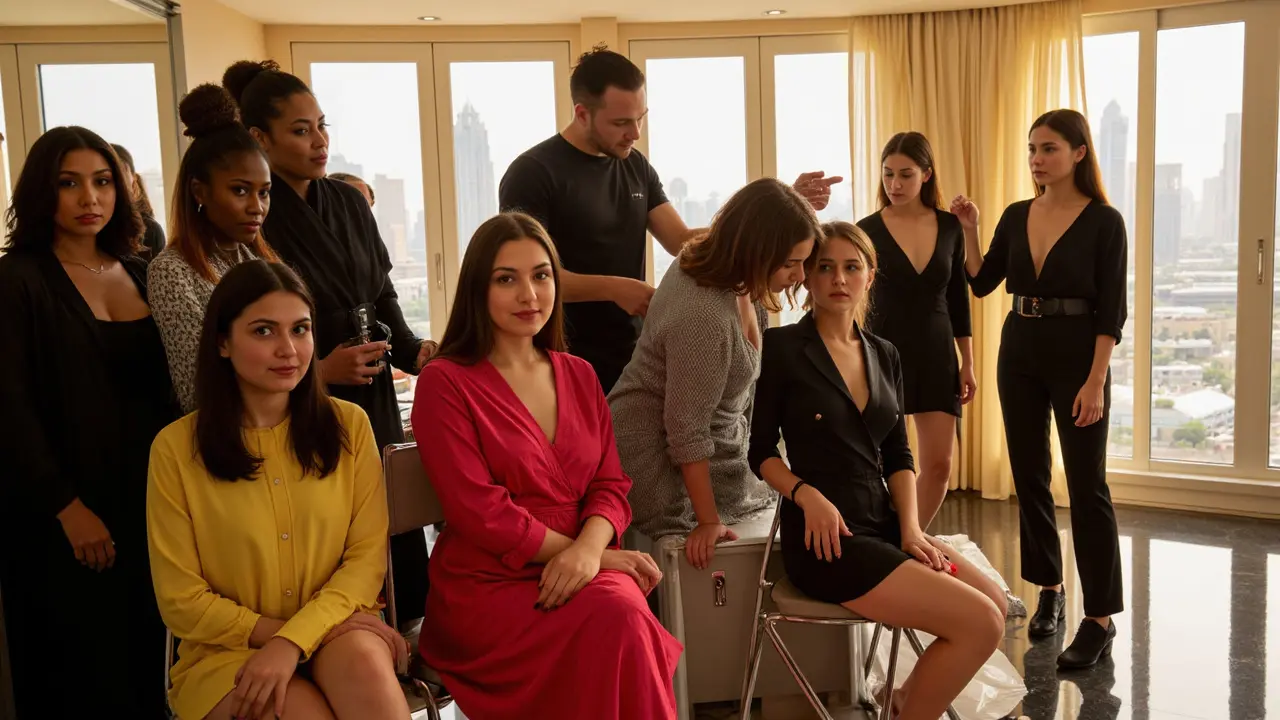Ever wondered which race most models belong to? This article digs into global fashion runways, agency rosters, and campaign ads to uncover surprising truths about diversity and representation in the modeling world today. We explore the reasons behind the industry's racial makeup, how that's changing, and what it means for aspiring models everywhere. Whether you're curious about business trends or dreaming of a modeling career, this guide brings up-to-date facts and real-world stories from inside the industry.
Model Race Statistics: What the Numbers Reveal About Today’s Modeling World
If you’ve ever wondered how race shapes a model’s career, you’re not alone. The data behind who walks the runway, lands a campaign, or earns the highest fees tells a clear story. In 2025 the modeling industry keeps shifting, but the fundamentals stay the same: representation matters, and the numbers back it up.
We’ll break down the biggest trends, show you where the gaps are, and give you practical tips on how to read the stats. No jargon, just the facts you need if you’re a model, an agency, or just curious about the business.
Why Race Data Matters in Modeling
Race isn’t just a buzzword on fashion blogs; it directly influences pay, job volume, and brand partnerships. Brands are under pressure to diversify, yet many still rely on legacy scouting habits. That means models from under‑represented backgrounds often see lower average rates and fewer high‑profile gigs.
Knowing the numbers helps agents negotiate better deals and lets aspiring talent understand realistic expectations. For marketers, race statistics provide a roadmap to authentic campaigns that resonate with a wider audience.
Key Findings from 2025 Model Race Stats
1. Earnings Gap Persists. Top‑earning white models still dominate the $10M+ club, but the average earnings for Black and Asian models have risen 12% year‑over‑year, narrowing the gap from 45% to 38% of white model earnings.
2. Runway Diversity Improves. Major fashion weeks reported 28% runway slots filled by non‑white models, up from 22% in 2022. The rise is driven by European houses embracing inclusive casting.
3. Social Media Levels the Playing Field. Models of color with 500k+ Instagram followers command comparable brand fees to white models with similar followings. Influencer metrics are becoming a stronger negotiating tool than ethnicity alone.
4. Regional Differences. In the Middle East, 35% of high‑end campaigns feature mixed‑race talent, while North America lags at 21%. Agencies with a global focus report faster talent placement for diverse models.
5. Age and Experience. Newcomers of color see a 20% faster rise to the “mid‑tier” earning bracket (around $50k‑$100k per campaign) compared to their white peers, likely due to increased demand for fresh, diverse faces.
These stats aren’t just numbers; they point to actionable opportunities. If you’re a model, building a strong social presence can offset traditional barriers. If you’re an agency, showcasing diverse talent to brands can unlock premium rates.
Finally, remember that statistics evolve. Keep an eye on quarterly reports from Fashion Model Directory, Model Alliance, and major brand disclosures. The more you know, the better you can position yourself in the ever‑changing modeling market.
Use these insights to set realistic goals, negotiate smarter, and support a more inclusive industry. The data is clear: race matters, and the gap is closing—one runway, one campaign, and one statistic at a time.

